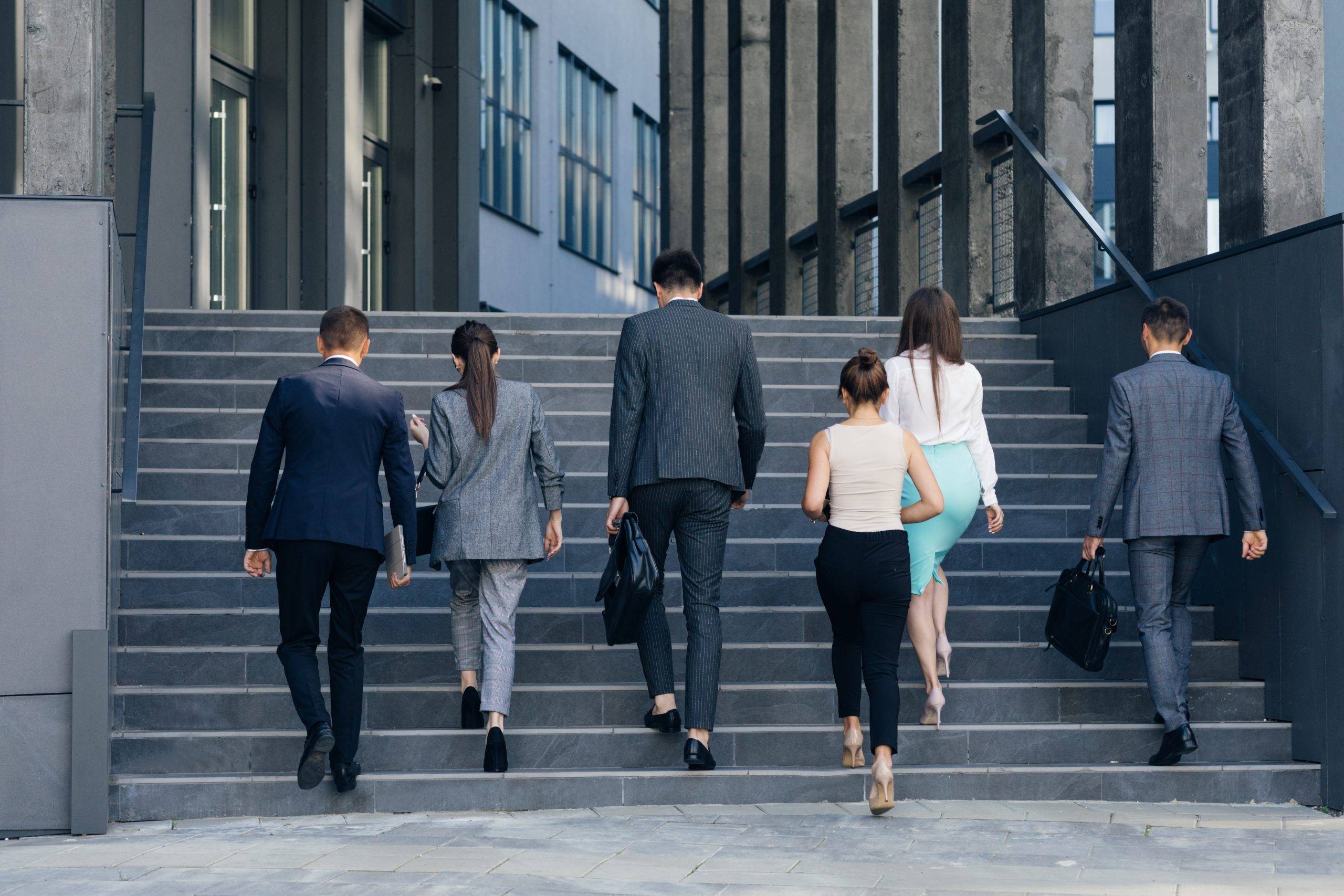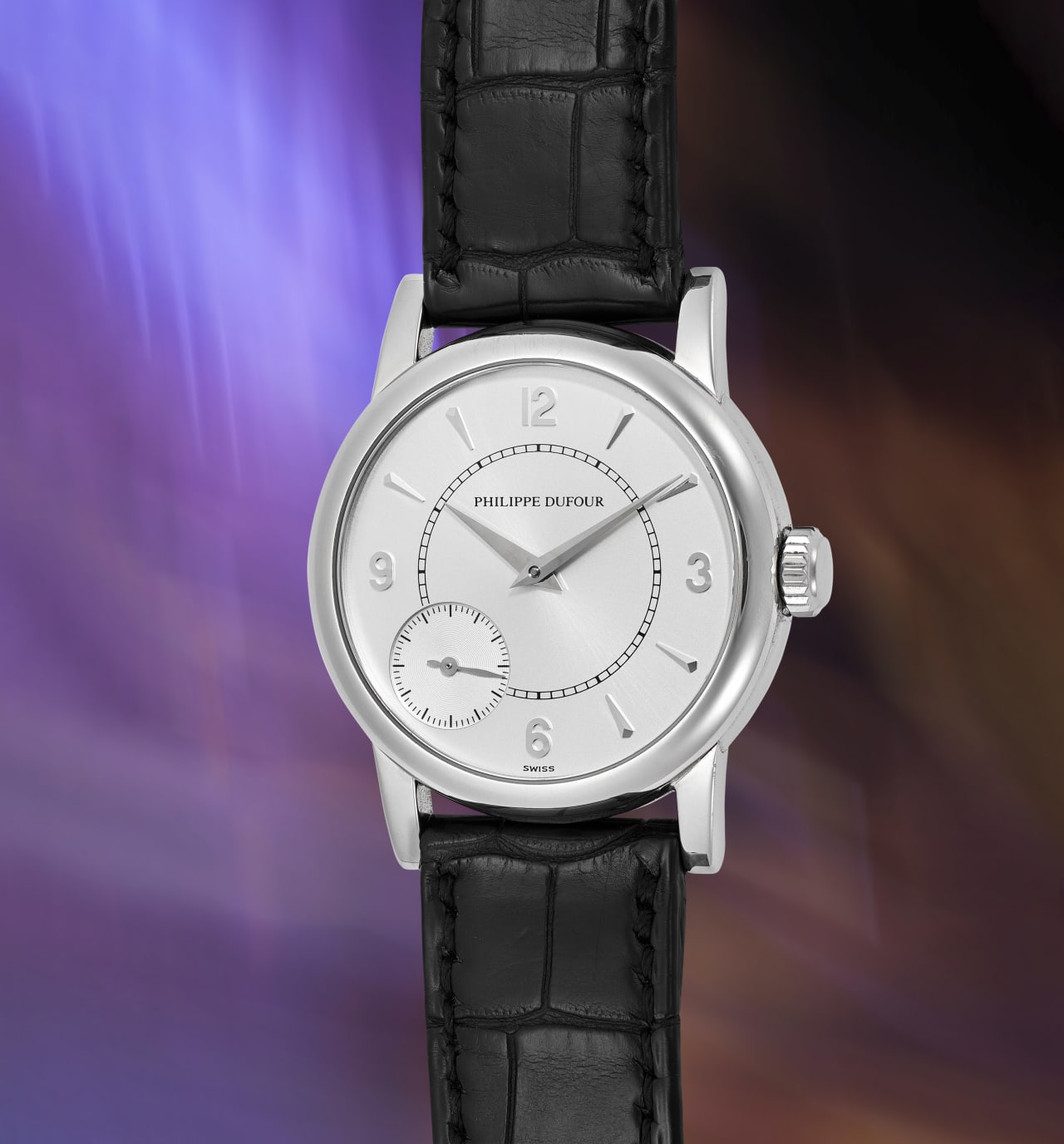Accounting For The Cost Of Going To Work
It’s the last piece in the puzzle as employers entice fiscally conscious staff to return to the office
Time spent in peak hour traffic, unreliable (and crowded) public transport, the cost of petrol and the ever-elusive quest for a parking spot — the daily commute has long been synonymous with inconvenience and expense.
But as companies urge their employees to reclaim their desks, a fresh wave of calculations has entered the scene and many are now meticulously tallying up the cost of heading into the office compared with working from home.
“Getting back into the office can be great for productivity but it comes at a cost to workers,” says Angus Kidman, money expert at comparison website Finder.
“Whether it’s paying for parking or fares to catch public transport, commuting into the office can be a hefty cost for consumers travelling into the office every day.
“But while remote work eliminates the need for commuting and transport costs, there are still plenty of other costs to be considered working from home.”
It’s no secret that patterns of work have changed drastically since the early days of 2020.
Where once we were content with the daily trip into the office — complete with full corporate wardrobe, coffees, lunch and drinks after work — the pandemic highlighted the ease with which many of us were able to work from home. Fast forward a few years and hybrid work arrangements are now more commonplace. However, in recent months we’ve seen many larger companies beginning to put their foot down on flexible working arrangements.
The truth is that thanks to the rising cost of living and those unrelenting interest rates many Australians are now paying more regardless of where they choose to work. But it seems a conservative estimate of around $10,000 per year to go to the office is the norm when you consider travel, food and your work wardrobe.
Research from Finder reveals consumers spend $122 per week on the commute which amounts to $5,856 over a 48-week work year.
Once we’re at work the spending doesn’t stop, with data indicating Australian workers spend around $1548 a year in their lunch hour — and that doesn’t include your morning coffee.
Commutes and coffees aside, the other big expense with working from the office is undoubtedly the corporate wardrobe although, according to experts, these days it’s more acceptable to be a little less corporate than we may have been used to pre-pandemic.
“Even prior to COVID we were witnessing a more relaxed workplace dress code and now that people have had a taste of dressing more casually, we won’t be in a rush to get back to the corporate that we used to know,” says stylist and corporate image consultant Caitlin Stewart.
“Designers have amended their offerings to reflect greater comfort and versatility in their garments so when curated carefully additional comfort elements can be implemented and still look professional.”
Stewart says a corporate wardrobe update can cost anywhere between $3000-$5000.
She also says while most men are still opting for suits in a corporate environment, the days of office heels and a full face of makeup for women are definitely over.
“A woman can look exceptionally polished in professional, flat loafers and a light face of makeup or just a clean and fresh face.”
Naturally, the actual costs people incur in the office or at home will depend on their specific circumstance but for Simon Kuestenmacher, co-founder of The Demographics Group, the bottom line is clear.
“There’s no question working from home is a cheaper option for many employees — especially in the capital cities,” he says.

“There’s no tolls, no public transport fees, cheaper lunch, and you can get away with a smaller work wardrobe. Of course, working from home can incur extra costs but these are minimal compared with what it costs to actually physically go into the office each day.”
Undoubtedly, the biggest out- of-pocket expense in the current economic climate when working from home is increased electricity usage and associated bills.
Data from Finder estimates the extra electricity used when working from home will add between $324 in summer and $340 in winter to the average quarterly electricity bill — or an average of around $110 per month.
“You can claim a portion of those costs through tax, but the rules around that are being tightened this year,” warns Kidman.
According to figures from the ATO, almost nine million Australians claim about $22 billion worth of work-related expenses, many relating to working from home.
Other costs to consider in an home office include furniture, equipment, and software. However, according to Kuestenmacher, companies will often foot part of that bill for employees.
Further, experts say the savings associated with working from home are not just financial.
“One of the drivers for people to continue working from home is the cost of lost time that many people experience because of long commutes,” says Dr Penelope Williams from QUT’s Business School and the Centre for Decent Work and Industry.
“For many, the extra time they get back by not travelling to and from another workplace, not only helps them achieve better work-life balance, but also increases their productivity.
“It’s important to consider the financial aspect just as much as the impact of social connections, career advancement, networking and development opportunities.”
That being said, Williams points out that there are physical and mental benefits and challenges for both office and WFH environments.
“It’s really dependent on the needs of the individual and the requirements of the workplace.”
This stylish family home combines a classic palette and finishes with a flexible floorplan
Just 55 minutes from Sydney, make this your creative getaway located in the majestic Hawkesbury region.
Continued stagflation and cost of living pressures are causing couples to think twice about starting a family, new data has revealed, with long term impacts expected
Australia is in the midst of a ‘baby recession’ with preliminary estimates showing the number of births in 2023 fell by more than four percent to the lowest level since 2006, according to KPMG. The consultancy firm says this reflects the impact of cost-of-living pressures on the feasibility of younger Australians starting a family.
KPMG estimates that 289,100 babies were born in 2023. This compares to 300,684 babies in 2022 and 309,996 in 2021, according to the Australian Bureau of Statistics (ABS). KPMG urban economist Terry Rawnsley said weak economic growth often leads to a reduced number of births. In 2023, ABS data shows gross domestic product (GDP) fell to 1.5 percent. Despite the population growing by 2.5 percent in 2023, GDP on a per capita basis went into negative territory, down one percent over the 12 months.
“Birth rates provide insight into long-term population growth as well as the current confidence of Australian families,” said Mr Rawnsley. “We haven’t seen such a sharp drop in births in Australia since the period of economic stagflation in the 1970s, which coincided with the initial widespread adoption of the contraceptive pill.”
Mr Rawnsley said many Australian couples delayed starting a family while the pandemic played out in 2020. The number of births fell from 305,832 in 2019 to 294,369 in 2020. Then in 2021, strong employment and vast amounts of stimulus money, along with high household savings due to lockdowns, gave couples better financial means to have a baby. This led to a rebound in births.
However, the re-opening of the global economy in 2022 led to soaring inflation. By the start of 2023, the Australian consumer price index (CPI) had risen to its highest level since 1990 at 7.8 percent per annum. By that stage, the Reserve Bank had already commenced an aggressive rate-hiking strategy to fight inflation and had raised the cash rate every month between May and December 2022.
Five more rate hikes during 2023 put further pressure on couples with mortgages and put the brakes on family formation. “This combination of the pandemic and rapid economic changes explains the spike and subsequent sharp decline in birth rates we have observed over the past four years,” Mr Rawnsley said.
The impact of high costs of living on couples’ decision to have a baby is highlighted in births data for the capital cities. KPMG estimates there were 60,860 births in Sydney in 2023, down 8.6 percent from 2019. There were 56,270 births in Melbourne, down 7.3 percent. In Perth, there were 25,020 births, down 6 percent, while in Brisbane there were 30,250 births, down 4.3 percent. Canberra was the only capital city where there was no fall in the number of births in 2023 compared to 2019.
“CPI growth in Canberra has been slightly subdued compared to that in other major cities, and the economic outlook has remained strong,” Mr Rawnsley said. “This means families have not been hurting as much as those in other capital cities, and in turn, we’ve seen a stabilisation of births in the ACT.”
This stylish family home combines a classic palette and finishes with a flexible floorplan
Just 55 minutes from Sydney, make this your creative getaway located in the majestic Hawkesbury region.


















